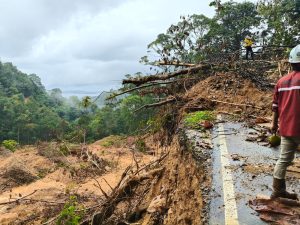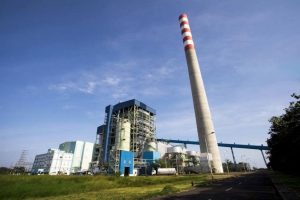Jakarta – Indonesia’s latest Electricity Supply Business Plan (RUPTL) for 2025–2034 prioritises solar power as the country’s top source of new renewable energy. Solar power plants (PLTS) are set to contribute 17.1 gigawatts (GW) to national power generation, surpassing hydropower (PLTA), which will contribute 11.7 GW.
Minister of Energy and Mineral Resources Bahlil Lahadalia said on Monday, 9 June, that the energy transition will focus on regional strengths and local potential, shifting away from a one-size-fits-all approach. “Indonesia has a large, scattered, and diverse NRE potential. Therefore, we ensure that our development aligns with local potential and regional needs. From Sumatra to Papua, we encourage everyone to grow with clean energy,” Bahlil said.
The Java-Madura-Bali (Jamali) region leads the development, with 19.6 GW in planned renewable capacity. Over half—10.9 GW—will come from solar. Other sources include wind (5.4 GW), geothermal (2.5 GW), hydropower (432 MW), and bioenergy (399 MW).
Eastern Indonesia, including Papua, Maluku, and Nusa Tenggara, will receive 2.3 GW of added capacity, led by 1.47 GW from solar energy. Geothermal (332 MW), hydropower and mini-hydro(179 MW), bioenergy (141 MW), wind (140 MW), and marine current (40 MW) projects will follow. Although smaller in scale, these efforts are critical to improving electrification and energy equity in remote 3T (frontier, outermost, and disadvantaged) regions.
Sumatra is expected to develop 9.5 GW of renewable capacity, with hydropower accounting for 4.9 GW. Other sources include geothermal (2 GW), solar (1.6 GW), wind (590 MW), nuclear (250 MW), and bioenergy (78 MW). Kalimantan will add 3.5 GW, comprising 1.5 GW from solar and 1.5 GW from hydropower and mini-hydro, with smaller contributions from nuclear, bioenergy, and wind.
Sulawesi will develop 7.7 GW, dominated by hydropower (4.6 GW), followed by solar (1.5 GW), wind (1 GW), geothermal (305 MW), and bioenergy (236 MW).
To ensure reliability in a system heavily reliant on intermittent sources like solar and wind, the government plans to install 10.3 GW of energy storage. This includes 6 GW of pumped hydro storage and 4.3 GW of battery energy storage systems (BESS).
PLN President Director Darmawan Prasodjo said this RUPTL is more detailed than before, specifying locations, timelines, and implementation plans. “In the past, RUPTL documents didn’t explain where or when projects would be built. Now everything is clear. This gives us confidence to strengthen electricity reliability and support local energy development,” he said. (Hartatik)
Banner photo: Image generated by OpenAI’s DALL·E via ChatGPT (2024)















